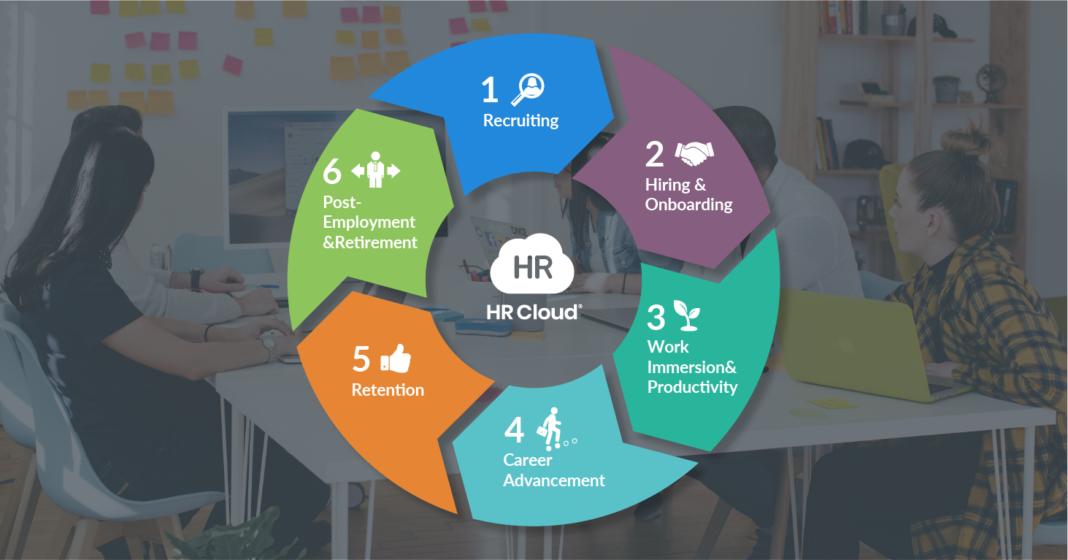Employees can go through several stages of the employee lifecycle. You should pay close attention to each one. You must do so to avoid ending up with an employee who doesn’t fit your company culture. You can do several things to ensure your employees have a positive experience with your company.
Engagement
Employee engagement is a crucial component of the employee lifecycle. A company must provide meaningful challenges and rewards throughout the entire employee lifecycle to keep them engaged. While HR should drive this process, other departments in a company may also have a role to play. Understanding the different stages of employee engagement can help you make the workplace a more enjoyable place to work. It can also affect company culture and team cohesion.
In addition to identifying the various stages of employee engagement, a company can develop strategies targeting each stage. These strategies can be tracked and measured over time, and the data can become valuable, actionable intelligence to acknowledge the contributions of all employees. The first step in employee engagement is understanding your company’s overall culture. Many organizations need a pulse on their employee engagement levels and opportunities to give employees a reason to stay.
Onboarding
A successful onboarding program aims to minimize new hires’ anxiety on their first day at work and gives them the tools they need to perform their job successfully. It also helps them establish good team relationships with existing team members. These relationships can reduce future tension and clarify best collaboration practices.
Employers should consider all relevant factors to make employee onboarding a successful process. The process should include a variety of support channels, especially for new employees. The more support provided, the more positive the employee experience will be. It is also essential to track relevant data, such as employee satisfaction. Unfortunately, many businesses need to pay more attention to the social aspect of onboarding, but this is a crucial component. Employees have often driven away if they don’t feel welcome or comfortable.
Orientation
When hiring new employees, there are many important aspects to consider, including orientation. Orientation takes place before employees even step foot in a building. It helps them become acquainted with the work environment, learn about their new job responsibilities, and create relationships with co-workers. It also helps them find their niche within the company. Career planning is an important part of the employee lifecycle and involves both the employee and their supervisor working out their long-term career goals. Some employers also use personality profile testing to determine which employees would fit best in a certain position.
Orientation is also important when it comes to change management. New employees may have negative feelings about the change, but a good orientation can help reduce those feelings and help them adjust to the new work environment. During orientation, new employees should also learn about the company’s culture, policies, and procedures. During this time, they can shadow different members of the team, which will help them learn faster and gain real-world experience.
Offboarding
The onboarding and offboarding processes must be coordinated, automated, and streamlined. These processes can be automated with a single tool, and all roles and responsibilities should be clearly defined and assigned to the relevant team members. Throughout the process, it is important to check in to make sure action items are being completed.
A good offboarding process leaves an open door for future connections. A recent study showed that up to 15 percent of employees returned to a previous employer, and 40 percent would consider doing so in the future. This figure was even higher among millennials, Gen Xers, and baby boomers. Moreover, 76 percent of HR professionals said they are more open to hiring boomerang employees today than they were a few years ago.
The onboarding process is often lengthy, as preparations before the employee arrives and the employee’s initial evaluation take time. Offboarding, on the other hand, generally involves a faster process.
Professional Development
Developing your workforce is a critical aspect of employee engagement. When employees feel appreciated and encouraged to grow, they are more likely to stay with the company. In addition, employees are often more likely to take on more challenges and reach higher performance levels. Companies should consider offering various internal and external learning opportunities to support employee development.
The first step to creating an employee-friendly culture is understanding why employees stay with the company. Gather feedback from employees by conducting surveys and one-on-one meetings. Find out what motivates them and what causes them to leave. Pay, benefits, company culture, team morale, and career growth are all factors that can impact retention. After gathering feedback, companies can take action to improve these factors.






